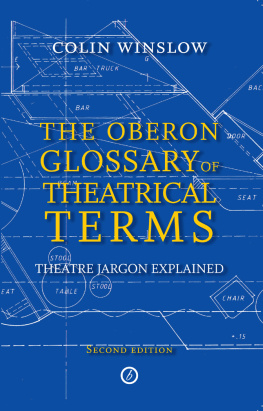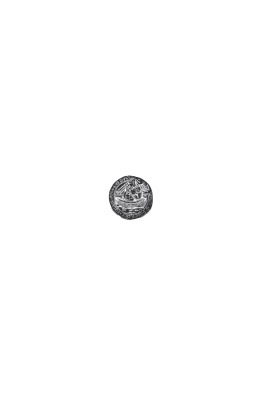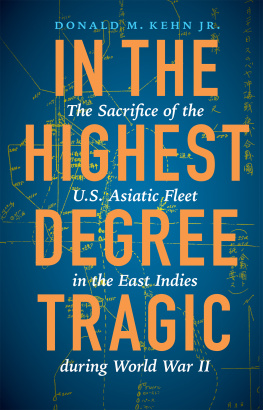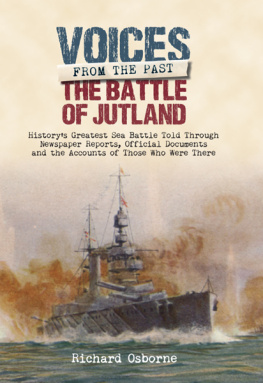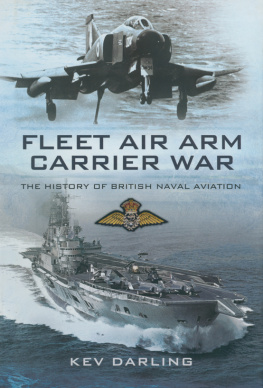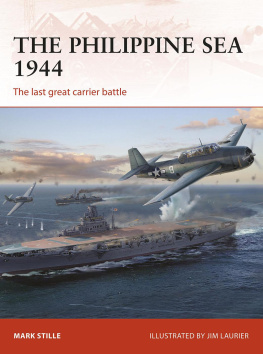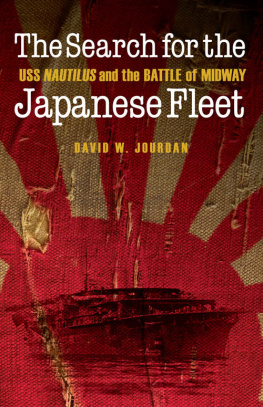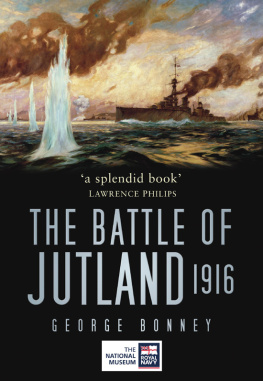


The latest edition of this work has been brought to publication with the generous assistance of Marguerite and Gerry Lenfest.
Naval Institute Press
291 Wood Road
Annapolis, MD 21402
1982 by Walter G. Winslow
All rights reserved. No part of this book may be reproduced without written permission from the publisher.
Third printing hardcover, 1989
First Bluejacket Books printing, 1994
ISBN 978-1-61251-293-8 (eBook)
The Library of Congress has cataloged the paperback edition as follows:
Winslow, Walter G., 1912
The fleet the gods forgot.
Bibliography: p.
Includes index.
1. World War, 19391945Naval operations, American. 2. United States. Navy, Asiatic FleetHistory. 3. World War, 19391945Pacific Ocean. I. Title.
D767.W5 940.545973 81-85442
AACR2

 Print editions meet the requirements of ANSI/NISO z39.48-1992 (Permanence of Paper).
Print editions meet the requirements of ANSI/NISO z39.48-1992 (Permanence of Paper).
6 5 4 3 2
To my shipmates on board the heavy cruiser USS Houston and to the officers and men of the U.S. Asiatic Fleet in World War II
He hath borne himself beyond the promise of his age, doing, in the figure of a lamb, the feates of a lion.
Shakespeare
CONTENTS


From almost the time of the founding of the Republic, the U.S. Asiatic Fleet, along with its French, Dutch, Austrian, British, Italian, Russian, German, and Portuguese opposite numbers, served a unique role in the Orient. After the arrival of the white man in that part of the world, the little fleets of what were in Chinese eyes barbarian interlopers acted as seagoing fire departments, rushing to one or another of the political conflagrations that arose with regularity in an area where a millennial empire was disintegrating in the face of newer imperialisms with which the ancient ways could not cope.
These fleets were small and ill suited to traditional warfare. But they were admirably suited to protect their respective nationals, whether they were individuals in some backwater or groups of several thousand in concessions of foreign settlements immune to Chinese law, and until 1904, to Japanese law in similar concessions in Japan. From Shanghai into Chinas heartland, 1,300 miles up the Yangtze, these ubiquitous foreign men-of-war rode uninvited. That many of them were ancient relics was of small importance; the Chinese judged their power by the number of stacks they had. More to the point, they carried guns, and some of them armor as well, all superior to anything the Chinese could bring to bear against them.
It was an anomaly that a U.S. Asiatic Fleet of a mere 8,000 officers and men and a handful of ships, most of them obsolete, should have been commanded since 1916 by one of only four full admirals in the U.S. Navy. But prestige and rank were the names of the game. The commander in chief of that fleet wielded more real power and influence on U.S. affairs in China than did the American minister (later ambassador) at the Chinese capital.
It can be said that the Asiatic Fleet that faced the Japanese in World War II was not in any sense a fleet; it was simply an agglomeration of ships. We shall read in the following pages of the calamities that befell this small group of preponderantly elderly ships with obsolete or defective equipment; condensers leaking as a result of near-misses; boiler brickwork sagging from continuous steaming at full power; short of everything from food to fuel; no ammunition or torpedo resupply; no secure bases; blind because of an almost total lack of reconnaissance; bare of any air cover whatsoever; wrongly employed through the bungling, if not incompetence, of a too-little-and-too-late Allied combined command.
These battle-worn, used-up ships staggered to sea time and again against hopeless odds toward clearly imminent disaster. The squandering of them and the loss of thousands of veteran sailors makes the blood boil. But their small triumphs warm the heart and their individual heroism has become a part of our heritage. We are grateful to Captain Winslow for keeping these heroic performances alive in our memories.
Kemp Tolley
Rear Admiral, U.S. Navy (Ret.)

To affirm this books historical integrity, officers who served in the Asiatic Fleet during World War II kindly reviewed those parts of it wherein they are especially knowledgeable and made constructive comments. Of the utmost importance is the fact that two of these officers, Rear Admiral Henry E. Eccles, U.S. Navy (Retired), and Rear Admiral Kemp Tolley, U.S. Navy (Retired), both meticulous naval historians and authors, devoted many long hours to a careful screening of my entire manuscript. I am also deeply indebted to the following retired officers of the U.S. Navy: Admiral Thomas H. Moorer, Admiral Harold P. Smith, Rear Admiral Welford C. Blinn, Rear Admiral John D. Bulkeley, Rear Admiral Wreford G. Chapple, Rear Admiral Robert B. Fulton II, Rear Admiral William J. Galbraith, Rear Admiral Henry W. Goodall, Rear Admiral William L. Kabler, Rear Admiral Arthur L. Maher, Rear Admiral Robert P. McConnell, Rear Admiral John H. Morrill, Rear Admiral Morris Smellow, Rear Admiral Frederick B. Warder, Captain Robert R. Barrett, Jr., Captain Thomas B. Payne, Captain Kenneth G. Schacht, Captain Jacob J. Vandergrift, Jr.
I am also indebted to Dr. Dean C. Allard, head of the Operational Archives Branch of the U.S. Naval Historical Center, for his able assistance in helping me to find the many significant documents upon which this book is based.
The naval attachs of both the British and Australian embassies in Washington, D.C., were most cooperative, and obtained for me official operational reports concerning HMS Exeter and HMAS Perth. I appreciate very much their cordial cooperation.



Admiral Thomas C. Hart assumed command of the United States Asiatic Fleet on 25 July 1939, when relations with Japan were already strained by Japans continuing aggression in China and its sinking, a year and a half earlier, of an American gunboat, the Panay, on the Yangtze River. Relations did not improve with the passing of time and, along with its growing military might, Japans arrogance and insulting attitude toward most foreigners in China, particularly Americans, increased.
Next page

